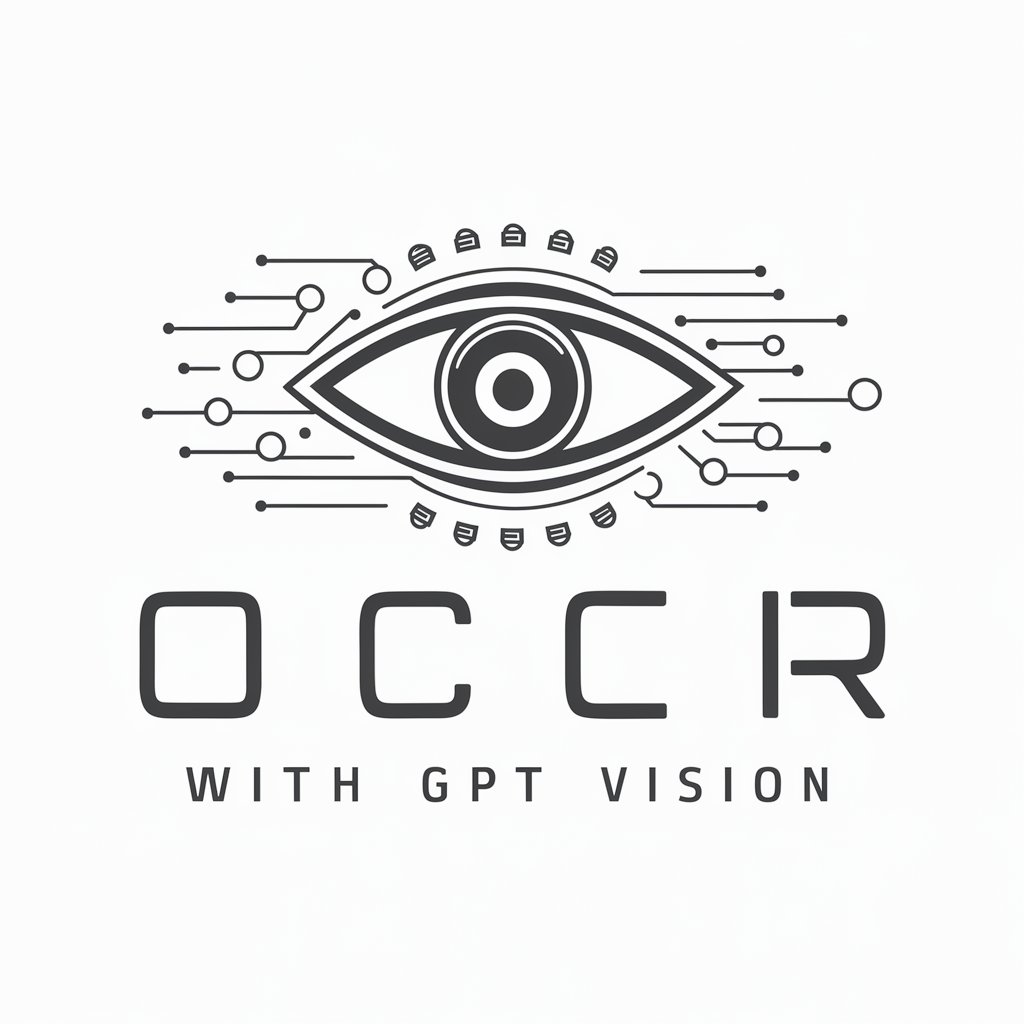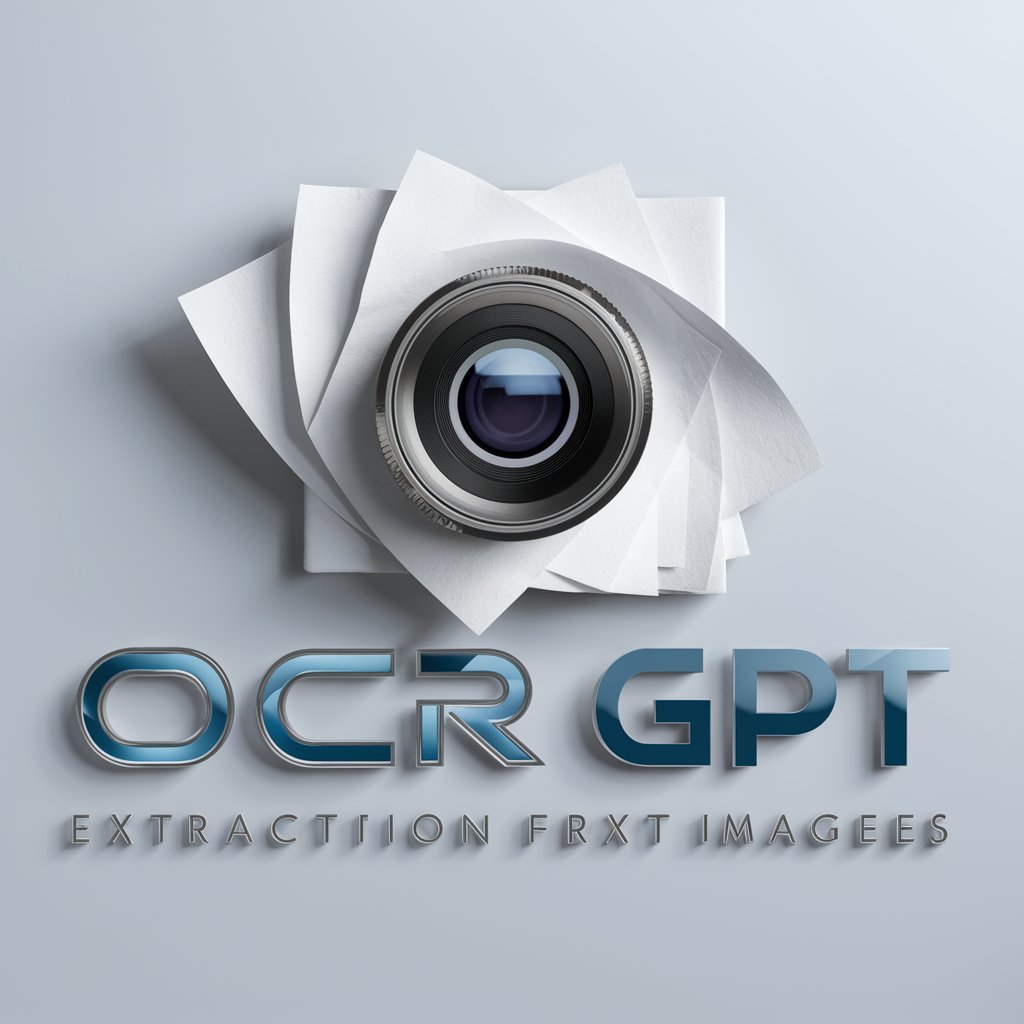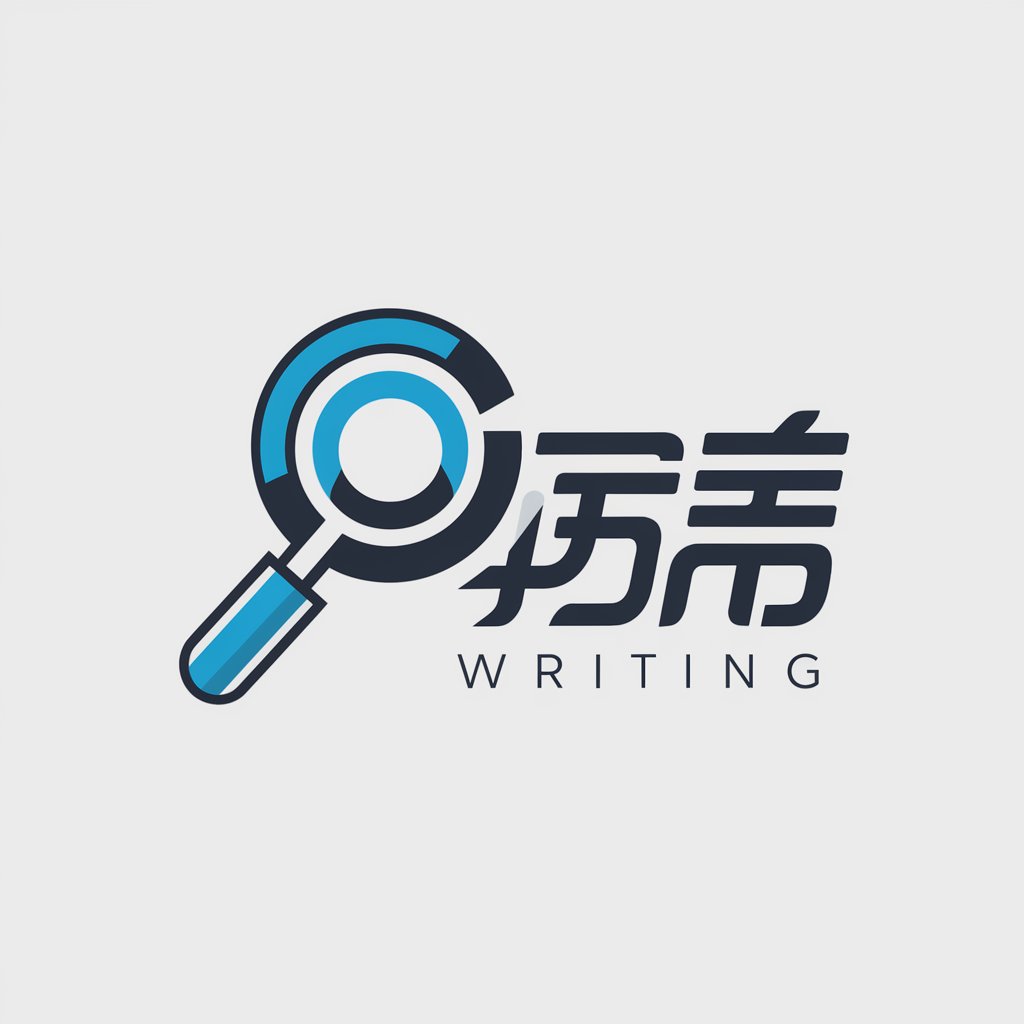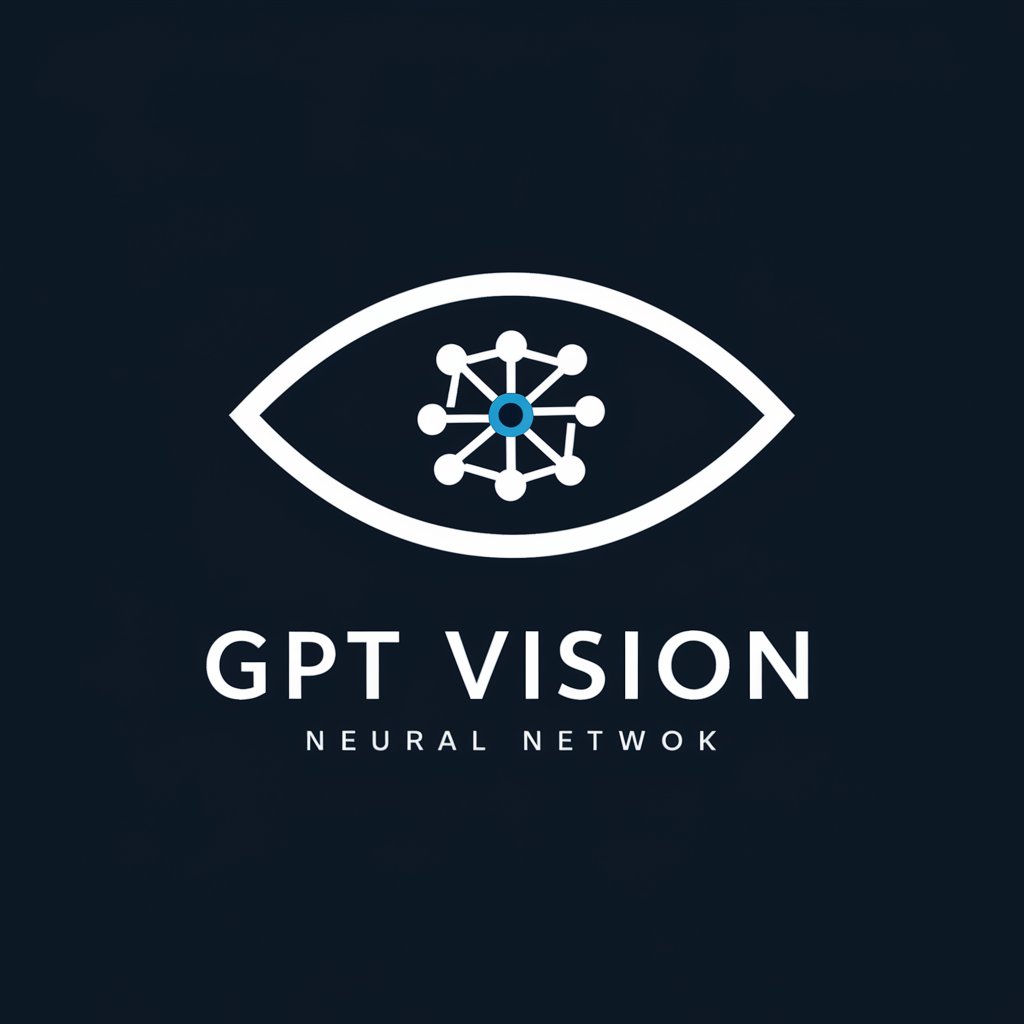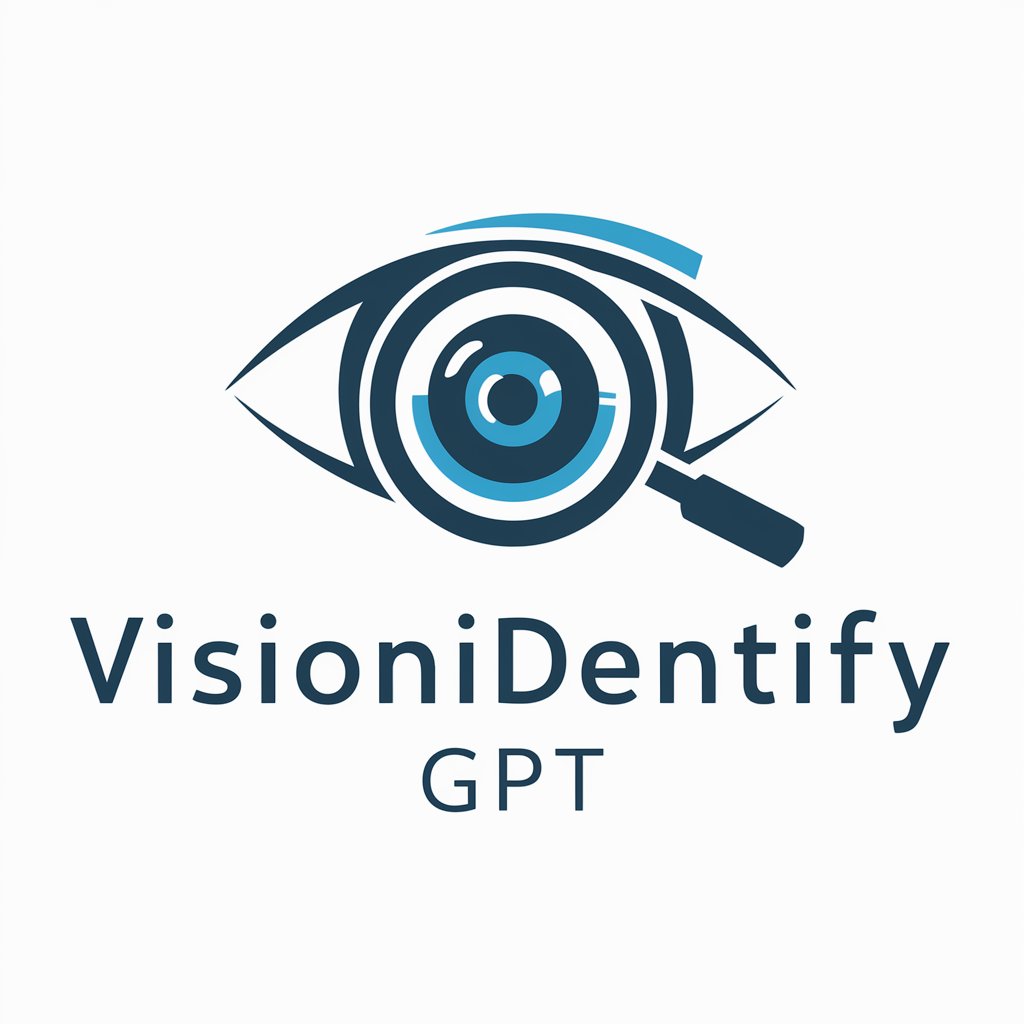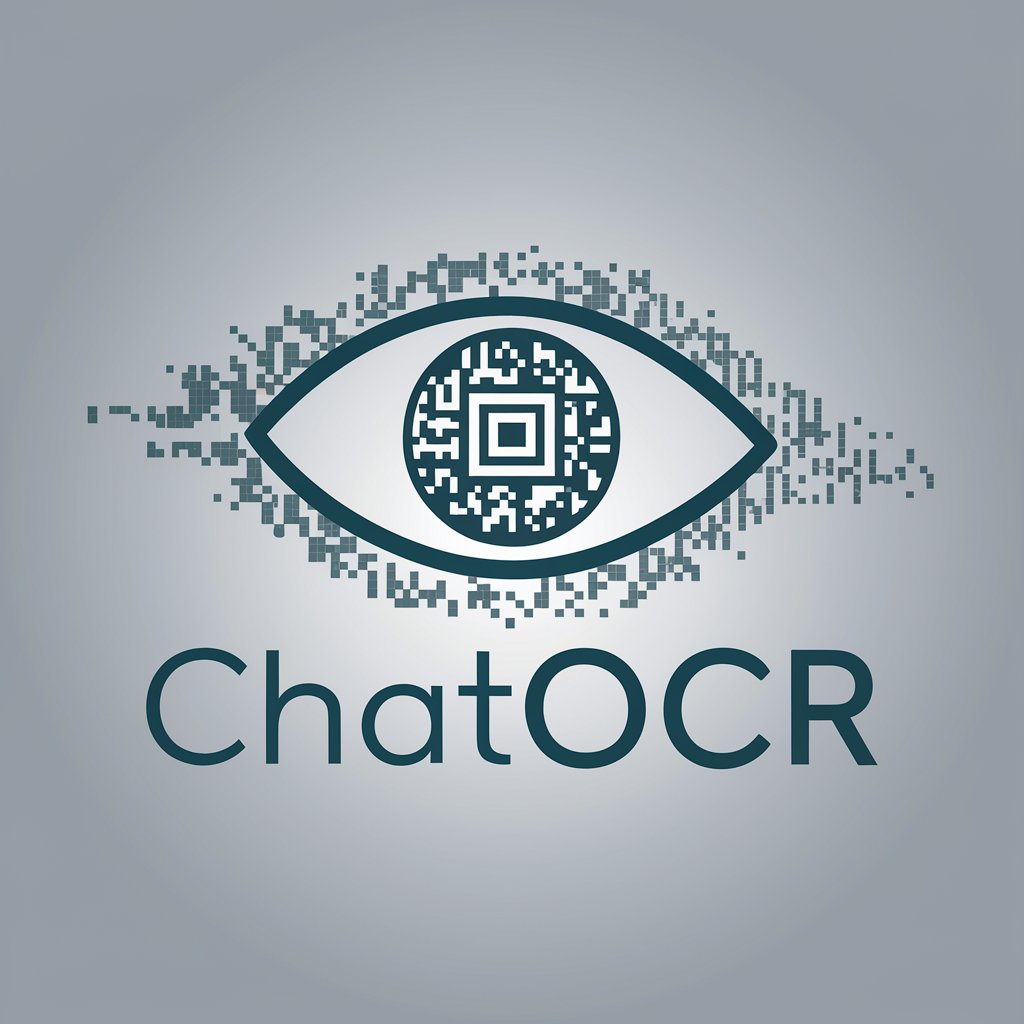
Visual Character Recognition | Vision Assisted OCR - Efficient Text Extraction
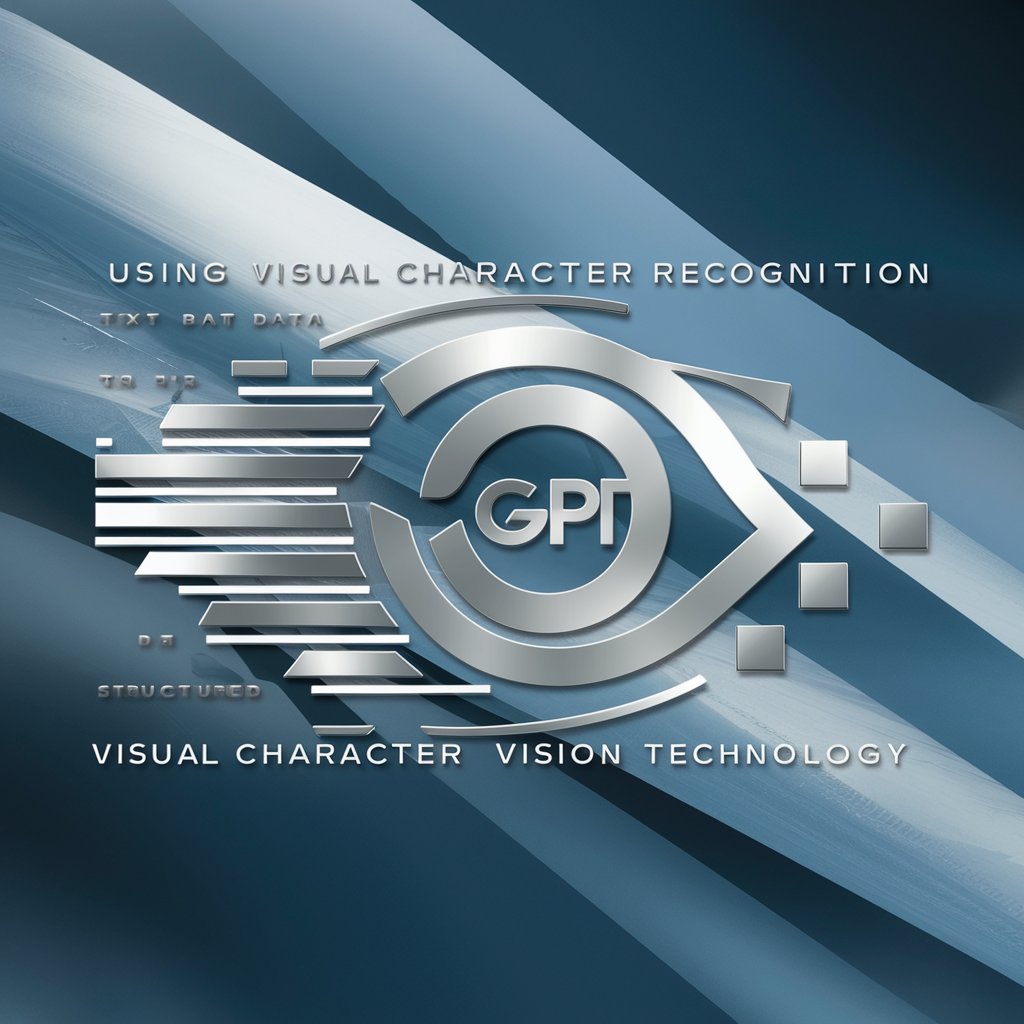
Welcome! I'm here to help with detailed image content extraction.
AI-Powered Text Reading Made Easy
Describe the image in detail, focusing on...
Extract and present all text found in the image...
Maintain the structure of tables when...
Narrate the contents of the image, ensuring...
Get Embed Code
Overview of Visual Character Recognition and Vision Assisted OCR
Visual Character Recognition, often integrated with Vision Assisted OCR (Optical Character Recognition), is a technology designed to interpret and digitize textual information from images. This technology employs advanced algorithms, often based on machine learning or artificial intelligence, to recognize and convert characters and symbols in various fonts and styles from scanned documents, photographs, or live environments into machine-encoded text. This process includes several stages: image pre-processing to enhance text visibility, character segmentation to isolate individual characters, recognition where characters are matched against a database, and post-processing to correct errors and improve accuracy. It's capable of handling a range of challenges such as skewed text, different languages, and scripts, and can operate in real-time, making it valuable in diverse scenarios like reading vehicle license plates, digitizing printed documents, or assisting visually impaired individuals. Powered by ChatGPT-4o。

Key Functions of Visual Character Recognition and Vision Assisted OCR
Text Digitization
Example
Converting printed documents into editable digital formats.
Scenario
Organizations digitize archival documents for easy access and preservation.
Real-Time Translation
Example
Translating text from images in foreign languages.
Scenario
Tourists use mobile apps to translate street signs or menus in real-time during travel.
Accessibility Enhancement
Example
Reading text aloud for visually impaired users.
Scenario
Visually impaired individuals use smartphone apps to read out printed material like books or labels.
Automated Data Entry
Example
Extracting information from forms for database entry.
Scenario
Businesses automate the data entry process for forms like invoices or applications.
License Plate Recognition
Example
Identifying vehicle license plates for traffic monitoring.
Scenario
Law enforcement and toll collection agencies use OCR to track vehicles and automate toll collection.
Ideal User Groups for Visual Character Recognition and Vision Assisted OCR
Businesses and Organizations
These users benefit from automating document handling, data entry, and record-keeping, thus enhancing efficiency and accuracy. OCR aids in digitizing paper records, processing forms, and managing large volumes of textual data.
Visually Impaired Individuals
OCR technology, particularly when integrated into mobile applications, can significantly aid visually impaired individuals in reading printed text, thus enhancing their independence and accessibility to information.
Travelers and Language Learners
For people traveling in foreign countries or learning new languages, OCR can be an invaluable tool to translate and understand text in different languages, especially in real-time scenarios like reading signs or menus.
Government and Law Enforcement
Agencies utilize OCR for tasks like automating data entry, document digitization, and surveillance, such as reading license plates for traffic monitoring and law enforcement purposes.
Educational Institutions and Researchers
OCR is useful in digitizing educational materials, archiving historical documents, and conducting research that involves processing large volumes of textual data from various sources.

Guidelines for Using Visual Character Recognition | Vision Assisted OCR
1
Start with a free trial at yeschat.ai, no login or ChatGPT Plus required.
2
Upload an image containing text via the platform's interface.
3
Specify any particular preferences or requirements for text extraction, if needed.
4
Review the extracted text for accuracy and completeness.
5
Utilize the extracted text for your specific application, such as data entry, content analysis, or document digitization.
Try other advanced and practical GPTs
Crypto Coach
Empower Your Crypto Journey with AI

Logo Designer Pro
Crafting Unique Logos with AI Precision

ConceptGPT
Empowering Ideas with AI
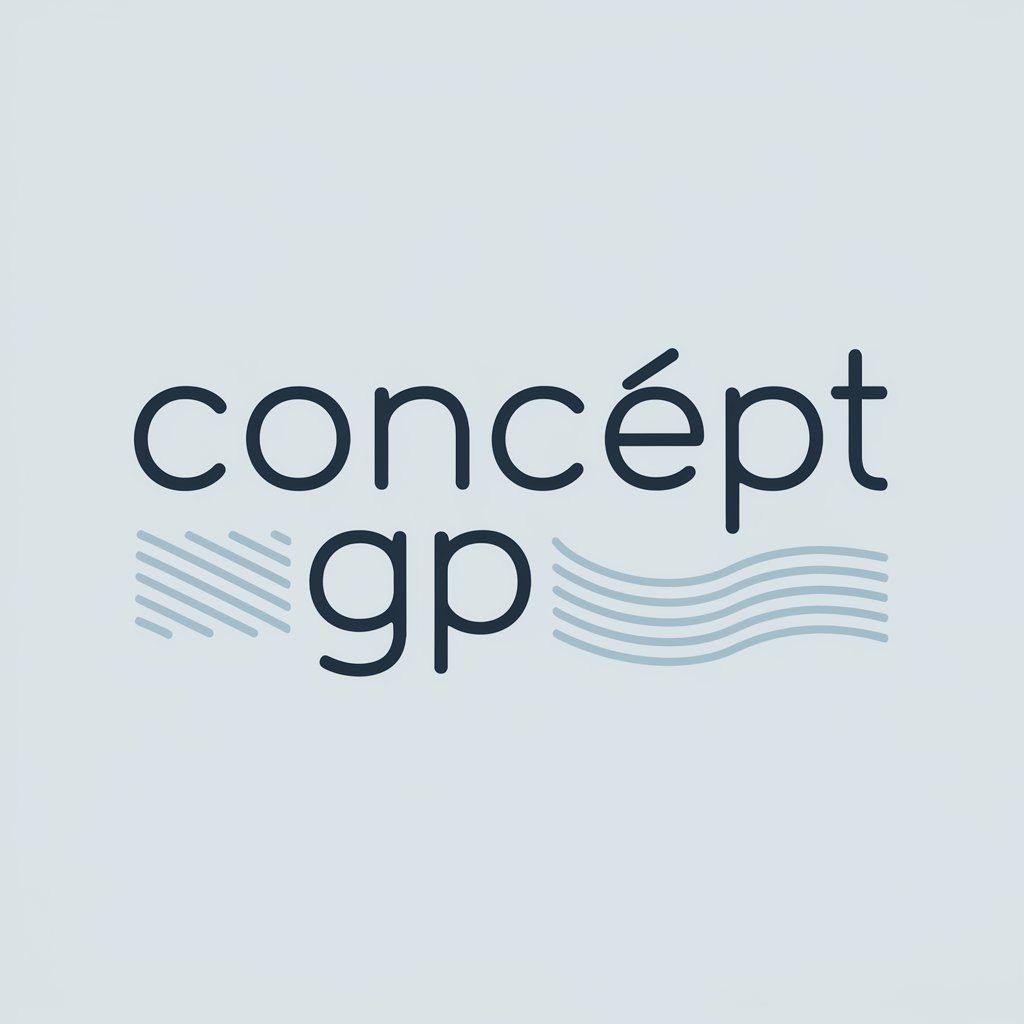
🌐 🌟 MicroGPTⓂ️🌀
Empowering Microservices Mastery with AI
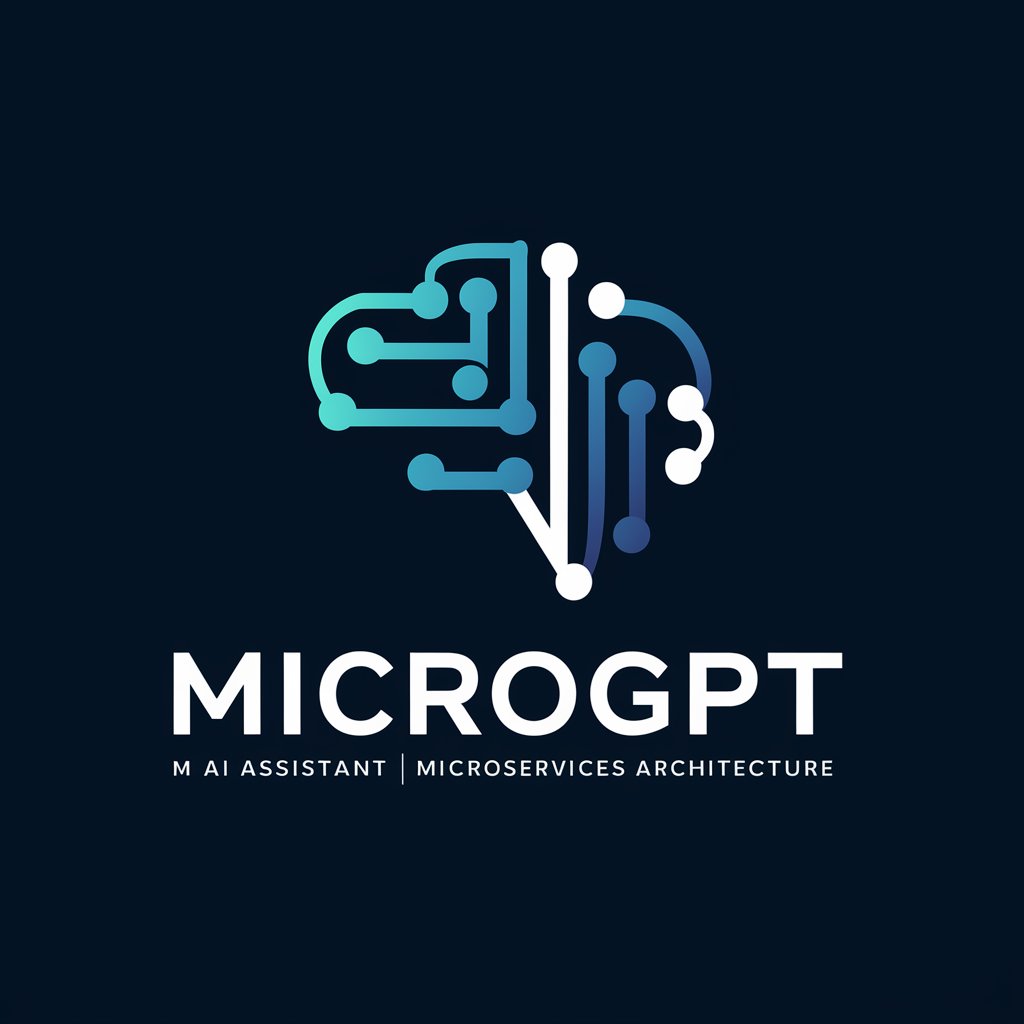
Trade Guru
Empowering Traders with AI-Driven Insights

DFV
AI-powered Financial Mastery at Your Fingertips
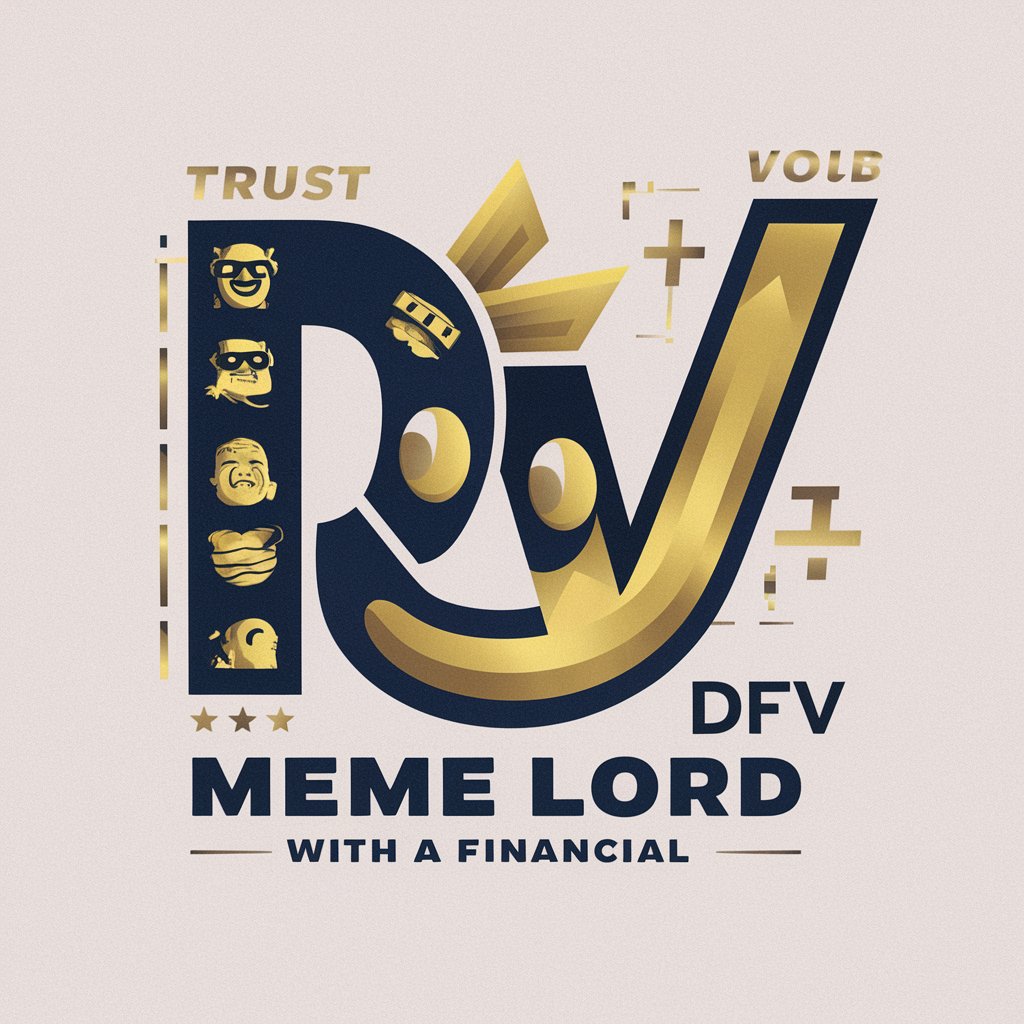
SAG-AFTRA Contract Analyst
Empowering actors with AI-driven contract analysis.

Critic human
Expert AI reviews for movies, books, and series.
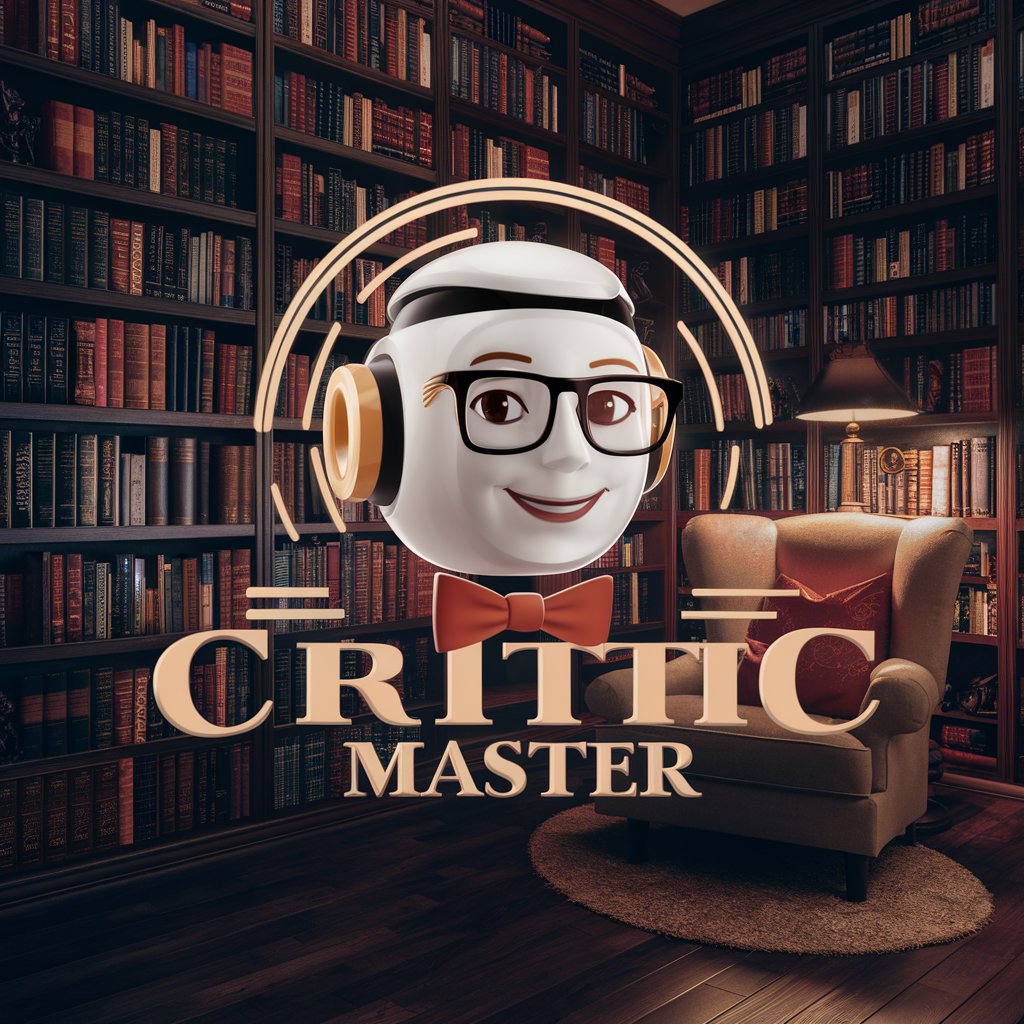
Meeting Mate
Transforming Meetings into Actionable Insights
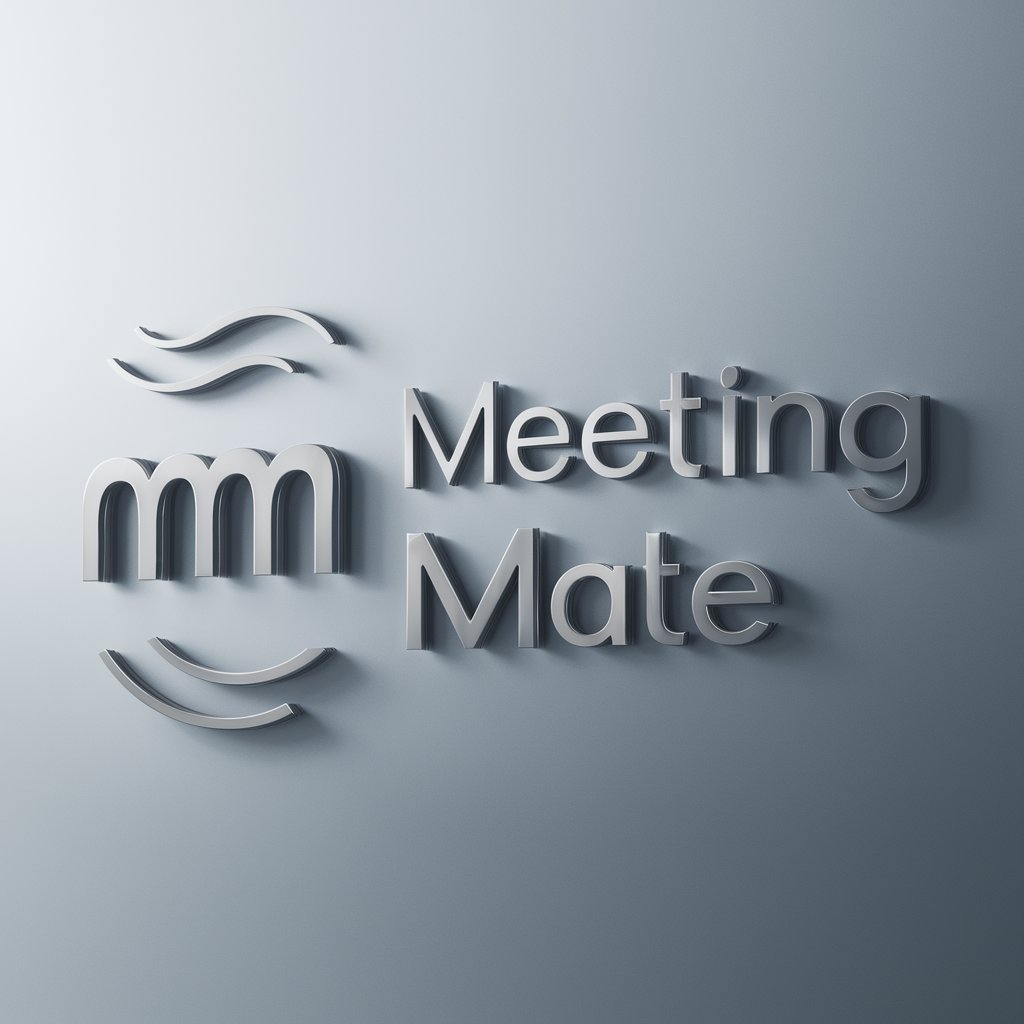
MoneyBuddy
Empowering Financial Decisions with AI

The Clinch
Your AI-Powered News Sleuth
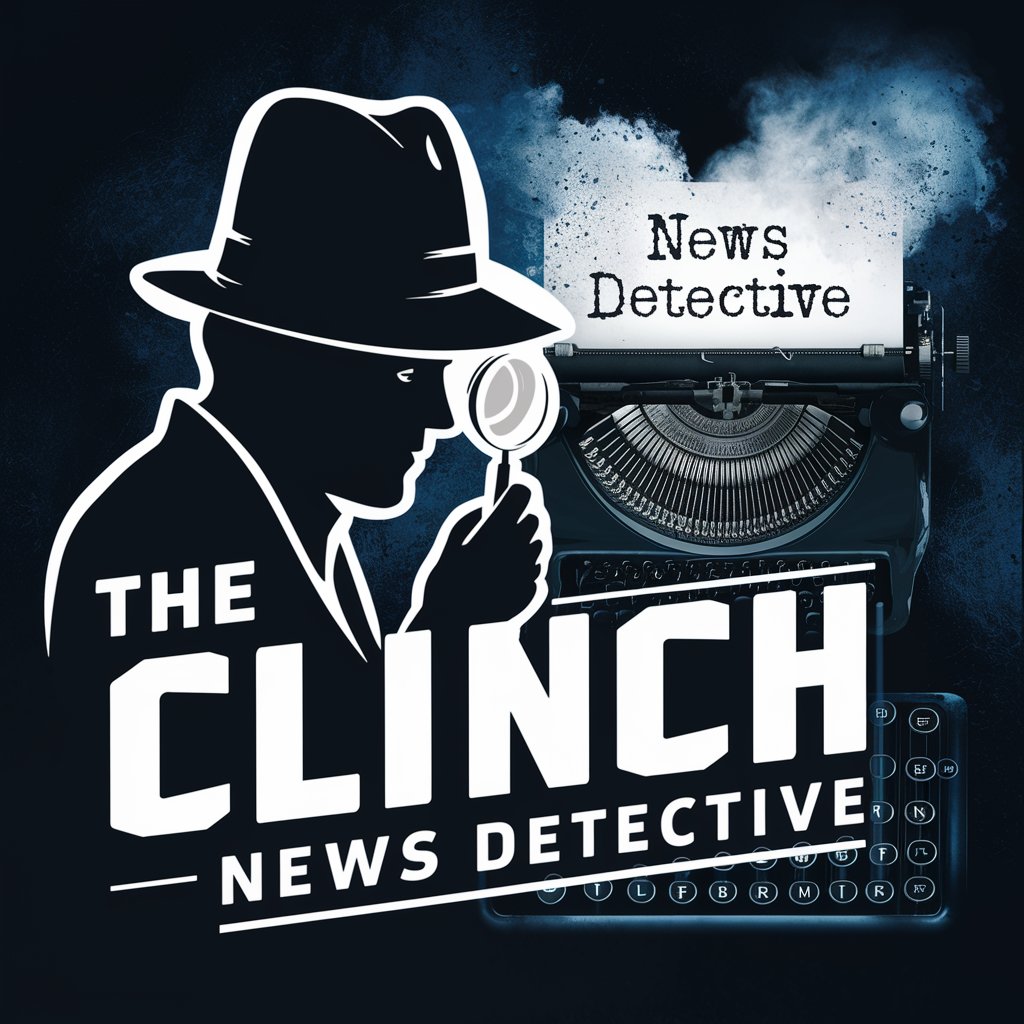
Grand Line Navigator
Navigate the Grand Line with AI
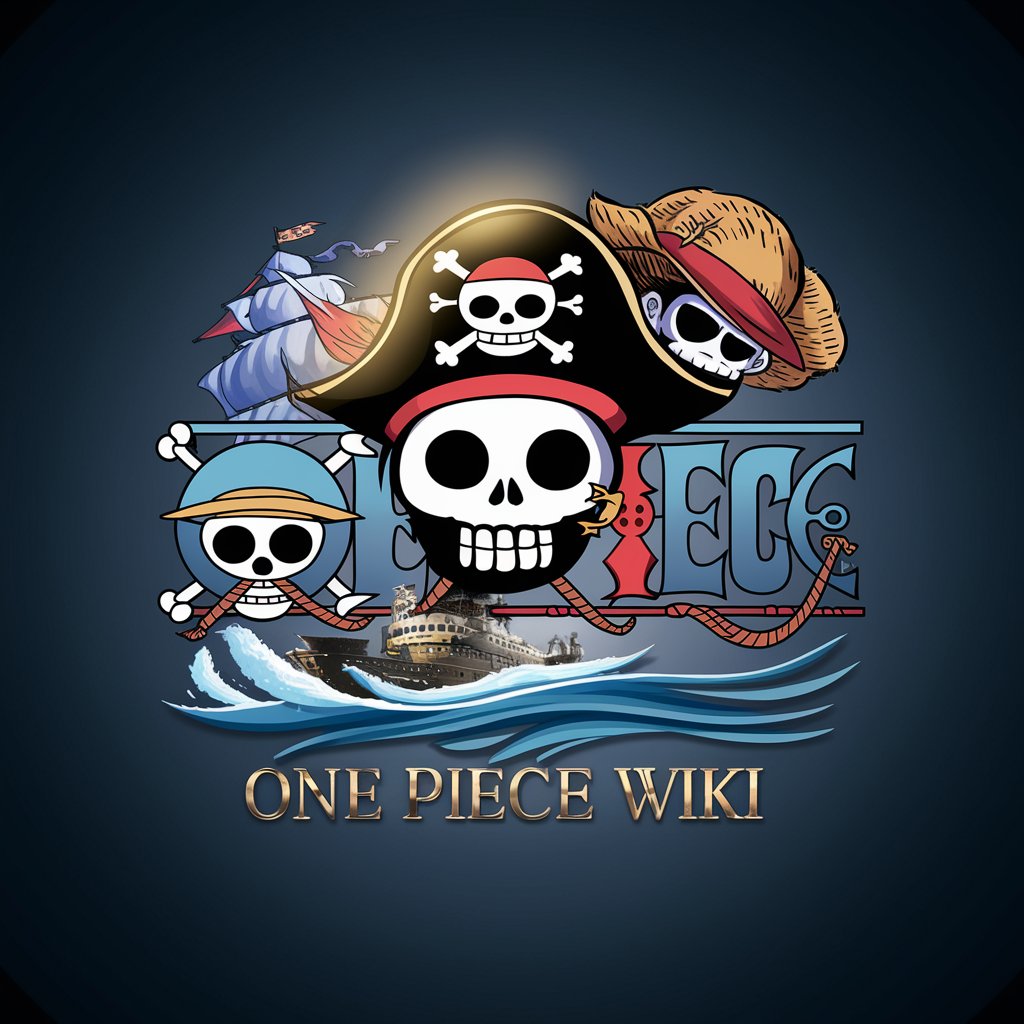
Frequently Asked Questions about Visual Character Recognition | Vision Assisted OCR
What types of images can Visual Character Recognition process?
It can process a wide range of images including scanned documents, screenshots, and photos containing readable text.
Is there a limit to the amount of text that can be extracted?
There's no specific limit, but performance may vary based on image complexity and text volume.
How accurate is the text extraction?
The accuracy is generally high, but can depend on factors like image quality and font clarity.
Can it extract text in multiple languages?
Yes, but currently, it prioritizes and extracts text only in English.
What are some common use cases for this tool?
Common uses include digitizing printed documents, extracting information from business cards, and converting handwritten notes to digital text.
